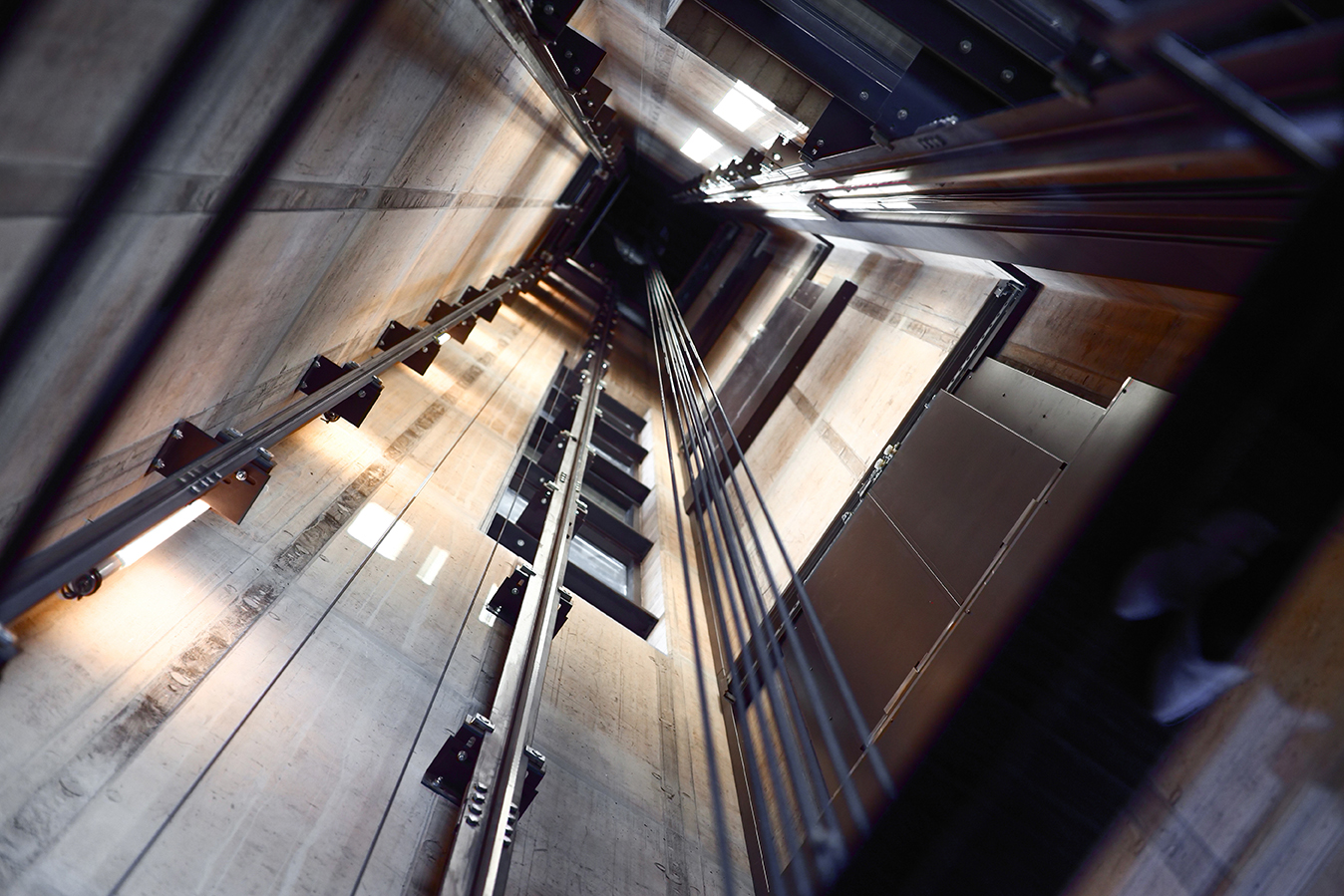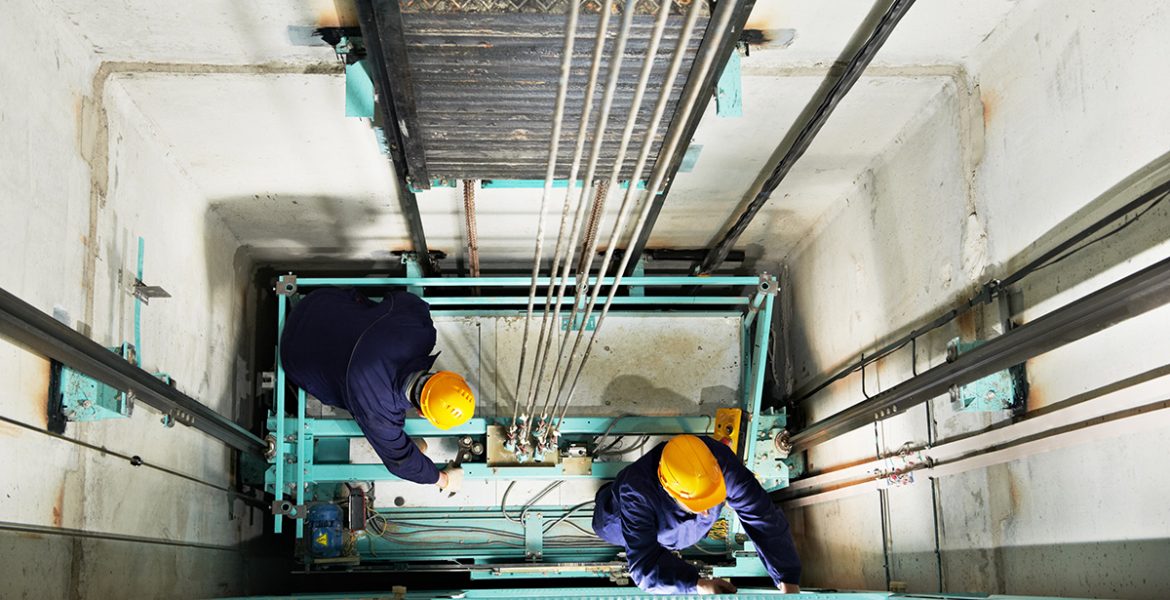Comprehensive Overview to Elevator Systems and Their Maintenance
Navigating the elaborate globe of lift systems and their maintenance is a job that requires precision and expertise. From the different types of lift systems in use to the precise adherence to security policies, the maintenance of these upright transportation devices is a complex undertaking. As buildings soar greater and innovation advances, the demand for a thorough understanding of elevator systems becomes progressively vital. Join us as we decipher the intricacies of elevator upkeep, discovering typical issues, finest practices, and sophisticated innovations that form the contemporary landscape of upright transportation.
Types of Elevator Equipments
Lift systems can be found in numerous types, each made to suit particular structure needs and user requirements. The most common kinds consist of hydraulic lifts, grip elevators, machine-room-less elevators, and vacuum cleaner lifts. Hydraulic elevators are excellent for low-rise buildings and utilize a hydraulic piston to relocate the lift vehicle. Traction lifts, on the various other hand, are a lot more matched for high-rise buildings and use steel ropes and counterweights to move the cars and truck. Machine-room-less lifts are a space-saving alternative as they do not require a different maker area for the lift equipment. Vacuum cleaner lifts, an extra modern-day innovation, use air pressure differentials to move the cars and truck within a clear tube.
Each kind of elevator system has its own advantages and disadvantages, making it crucial for structure proprietors and designers to meticulously consider their certain needs before picking one of the most appropriate choice. Factors such as building elevation, area availability, power performance, and budget plan constraints all play a significant duty in figuring out the finest elevator system for a certain building.
Common Upkeep Problems
Regular maintenance of lift systems is important to make sure smooth operation and extend their life expectancy. In spite of regular upkeep, lift systems can still encounter common upkeep concerns that require to be immediately addressed to avoid interruptions in service. Regular examinations and aggressive upkeep can aid identify and fix these usual upkeep problems before they escalate and affect the overall efficiency of the lift system.
Security Laws and Compliance
Sticking to rigid security policies and guaranteeing conformity with sector requirements are paramount for keeping the functional integrity of lift systems. Elevators are subject to a comprehensive collection of security regulations to guard travelers, maintenance workers, and the general public. Governing bodies such as the Occupational Security and Health Management (OSHA) in the USA and the European Lift Organization (ELA) in Europe establish guidelines that cover various facets of elevator layout, maintenance, procedure, and setup.
Compliance with these guidelines is not just a legal demand yet see this site likewise an ethical obligation for structure proprietors and lift maintenance business. Failing to meet security criteria can result in fines, lawful liabilities, and, most significantly, threaten the safety and security of individuals utilizing the lift. Regular assessments, upkeep checks, and adherence to safety procedures laid out in the regulations are necessary to guarantee the effective and risk-free procedure of lift systems. By focusing on safety policies and conformity, stakeholders can maintain the trust fund of the public and reduce prospective threats connected with lift usage.
Finest Practices for Maintenance

Structure proprietors should additionally consider spending in modernization upgrades to boost the effectiveness and safety and security of their elevator systems. By adhering to these finest techniques, elevator systems can run smoothly and securely, providing reliable vertical transport for residents.

Advanced Technologies for Effectiveness
Carrying out innovative modern technologies in lift systems can substantially improve operational effectiveness and passenger experience. lift engineer course. One of the essential innovations in elevator innovation is the introduction of destination control systems. These systems permit guests to input their preferred floor prior to getting in the elevator, which then routes them to one of the most effective automobile. By lessening unneeded stops and optimizing traveling paths, location control systems minimize wait times and congestion in high-traffic structures.
Furthermore, the assimilation of smart sensing units and predictive upkeep capabilities has actually revolutionized lift upkeep. These sensors can detect prospective issues before they rise, allowing proactive maintenance treatments and reducing downtime. In addition, using regenerative drives and energy-efficient components aids reduce power usage and operating prices in elevator systems.
In addition, the implementation of cloud-based surveillance and remote diagnostics permits real-time monitoring of lift performance and prompt troubleshooting of any breakdowns. This proactive approach not just enhances system dependability however likewise enhances the overall individual experience by making certain smooth and continuous lift operations.
Conclusion
To conclude, recognizing the various types of elevator systems, common maintenance issues, security guidelines, ideal maintenance practices, and advanced technologies look at this website for effectiveness is vital for making certain the smooth operation of lifts. By sticking to safety regulations and carrying out ideal techniques for maintenance, structure proprietors can extend the life-span of their lift systems and make sure the safety and security of guests. It is vital to remain upgraded on the most recent innovations in lift technology to boost performance and integrity.
The most usual types include hydraulic elevators, grip lifts, machine-room-less lifts, and vacuum elevators. Hydraulic elevators are ideal for low-rise structures and make use find more information of a hydraulic piston to relocate the lift cars and truck. Machine-room-less lifts are a space-saving choice as they do not require a different equipment space for the elevator machinery. Normal assessments and positive maintenance can help recognize and settle these usual upkeep problems before they escalate and influence the general performance of the lift system.
